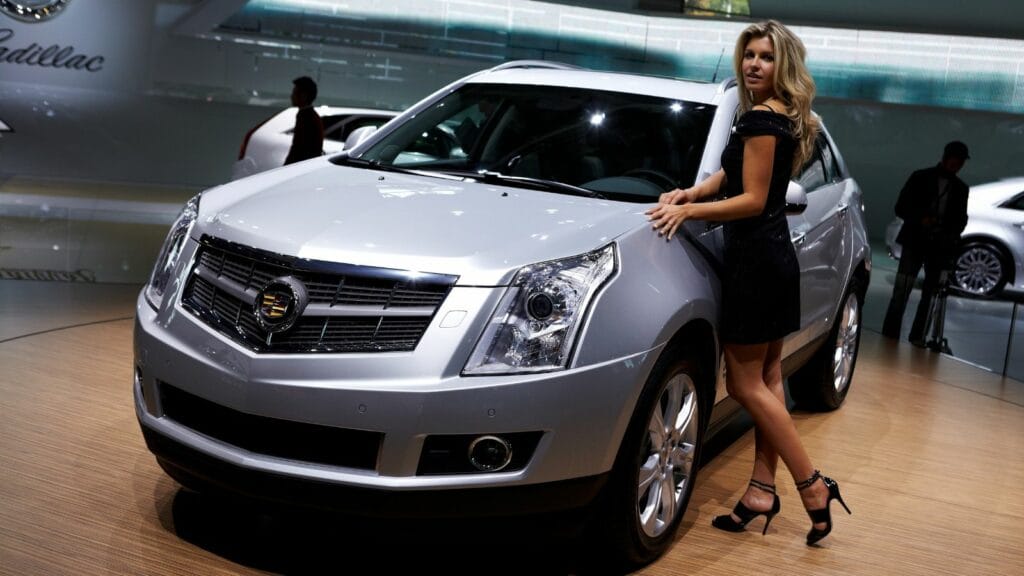Canadians are discovering the hard way that some cars cost far more than the sticker price suggests. Whether it is skyrocketing parts costs, chronic reliability issues, or poor resale value, these vehicles are quietly draining wallets from coast to coast. Some cars have mechanics, forums, and frustrated owners all agreeing that they are becoming financial traps. If you drive one of these cars, it might be time to rethink whether it is worth fixing or time to cut your losses before the next repair bill hits. Here are 20 vehicles that are quietly becoming money pits for Canadian owners:
BMW X5 (2014–2018)
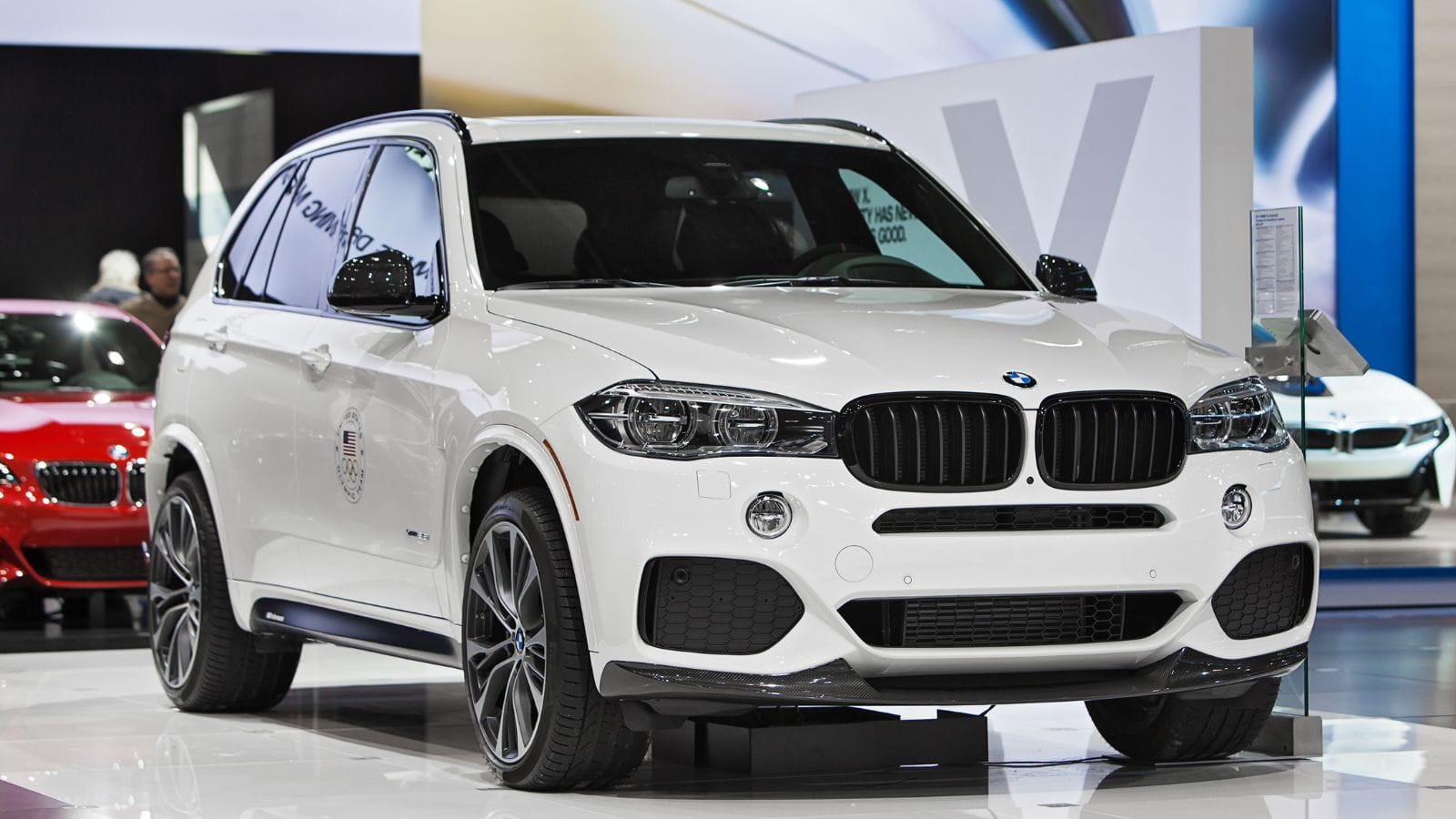
The BMW X5 lures Canadians in with luxury and driving performance, but after a few years, maintenance nightmares begin. Turbocharger failures, timing chain issues, and costly electronics repairs routinely lead to repair bills in the thousands. Even regular maintenance costs are steep, and once the warranty ends, owners often feel trapped. Canadian winters don’t help because salt and road conditions accelerate wear on suspension components and brakes.
Ford Focus (2012–2018)
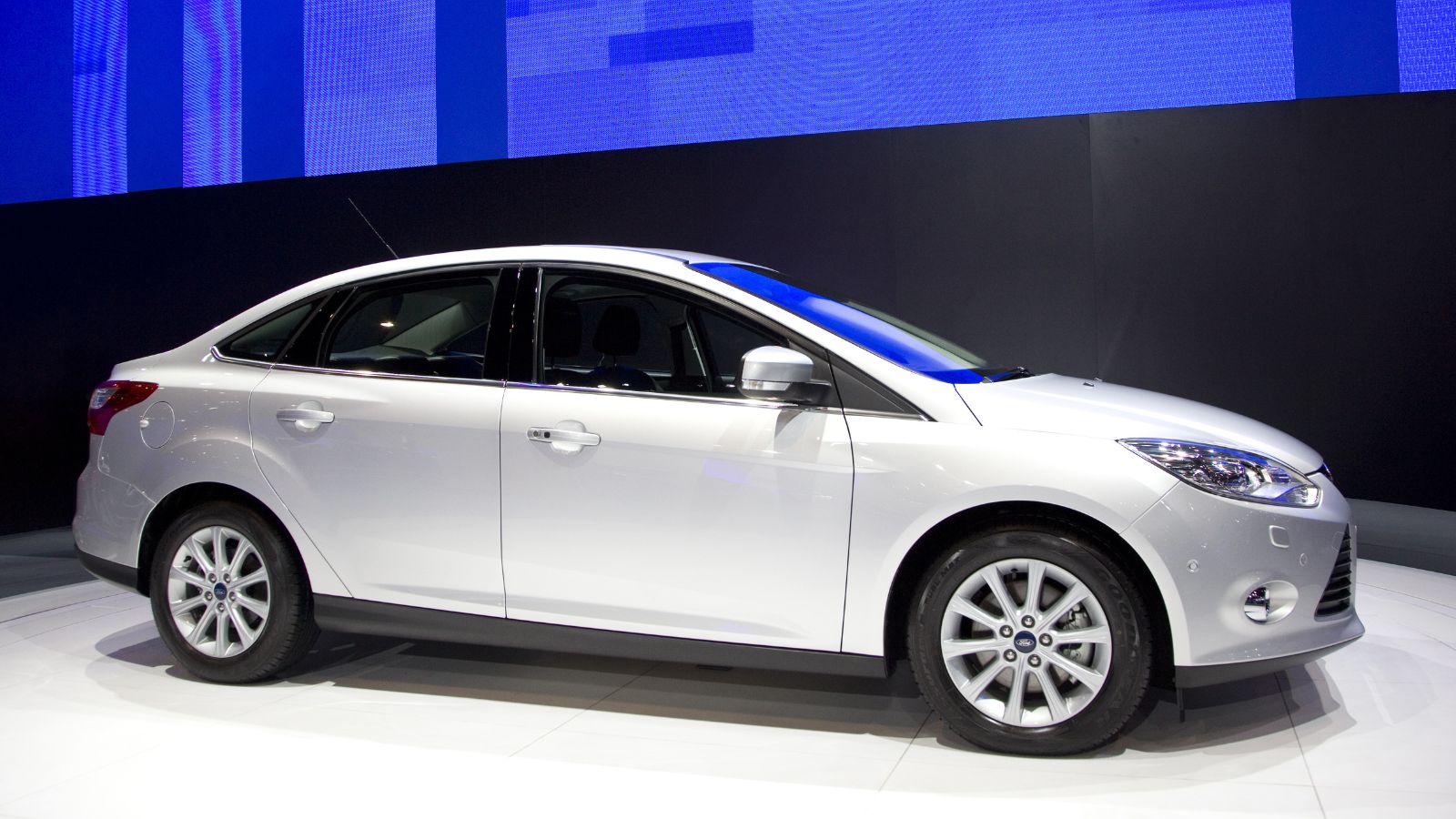
The Ford Focus seemed like a smart choice for budget-conscious Canadians until the dual-clutch automatic transmission issues emerged. Known for shuddering, slipping, and premature failure, the PowerShift transmission has led to multiple lawsuits and repair costs often exceeding the vehicle’s resale value. Combine that with declining resale interest and recurring electrical problems, and the Focus becomes an expensive car to keep. Even with extended service campaigns, many owners feel burned by this once-popular compact.
Dodge Journey (2009–2020)
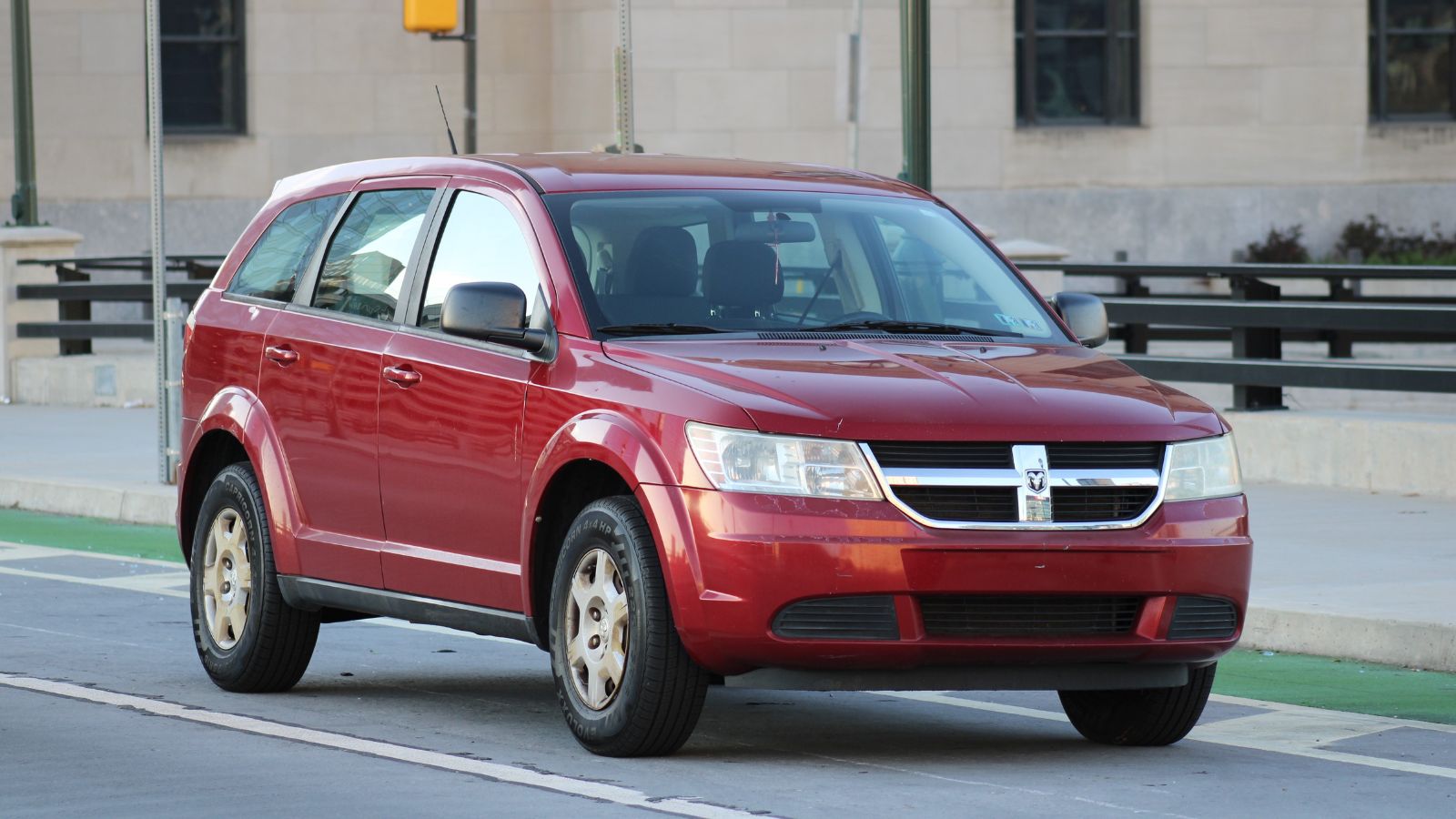
The Dodge Journey had a long run as a low-cost family hauler, but high ownership costs and poor durability mar its legacy. Canadians have reported persistent issues with suspension components, brakes, and interior electronics, as well as a lack of resale demand. The 2.4L engine, in particular, is known for feeling underpowered while still being fuel-thirsty. As repairs accumulate after the 100,000 km mark, many owners feel trapped in a cycle of diminishing value. The Journey may have been a bargain new, but it’s quietly turning into a money pit for those still holding onto one.
Chevrolet Cruze (2011–2015)
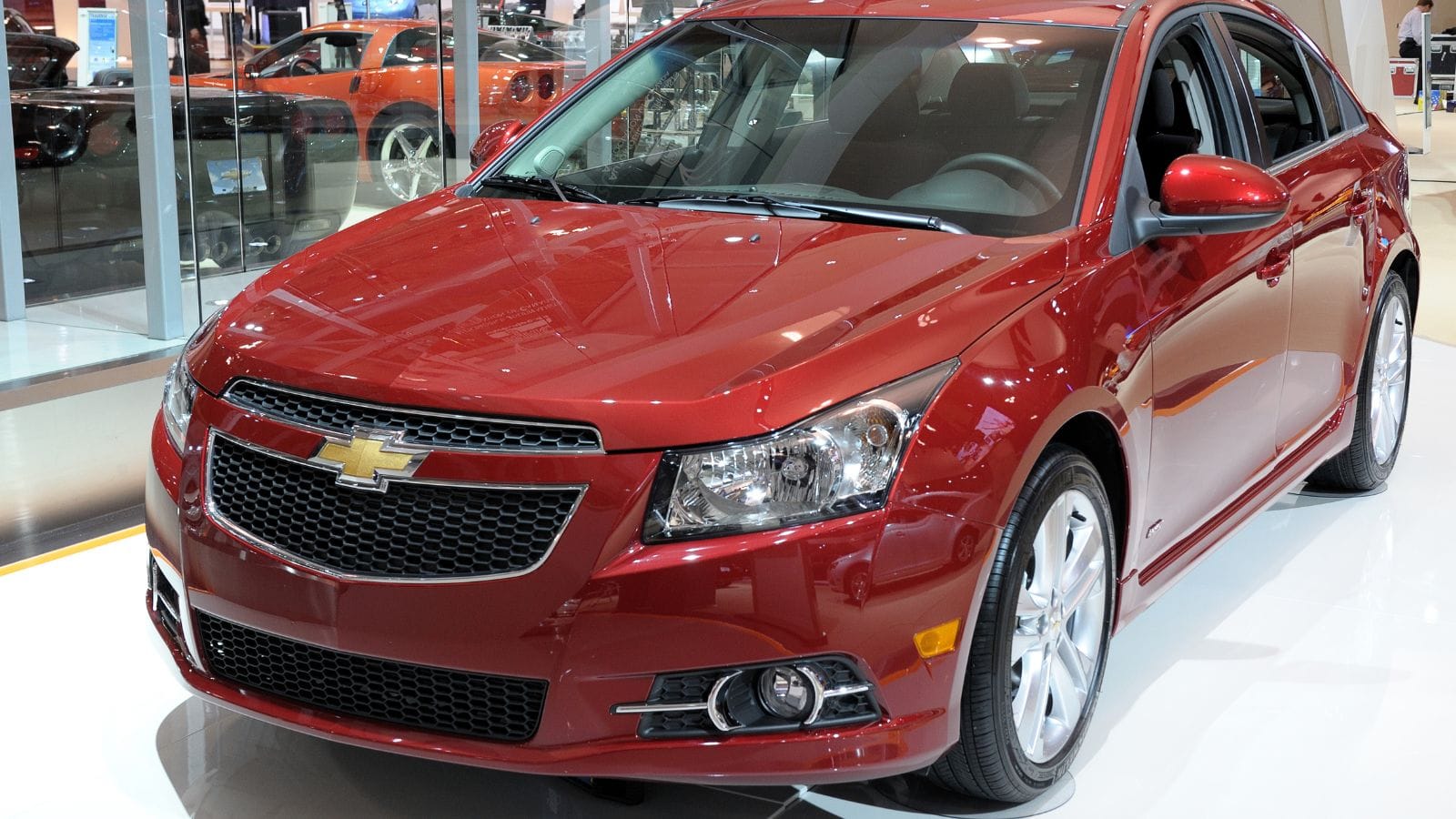
The Cruze was a fuel-efficient favorite among Canadian commuters, but age has not been kind to it. Turbocharger failures, coolant leaks, and electrical glitches are increasingly common, especially in colder provinces. Repair costs often match or exceed the vehicle’s declining value, and rust is another creeping issue, particularly in regions with high salt content during winter. Mechanics regularly warn that Cruze engines are difficult to service, leading to higher labor costs, as even relatively low-mileage models are being abandoned by owners fed up with recurring issues.
Jeep Patriot (2007–2017)
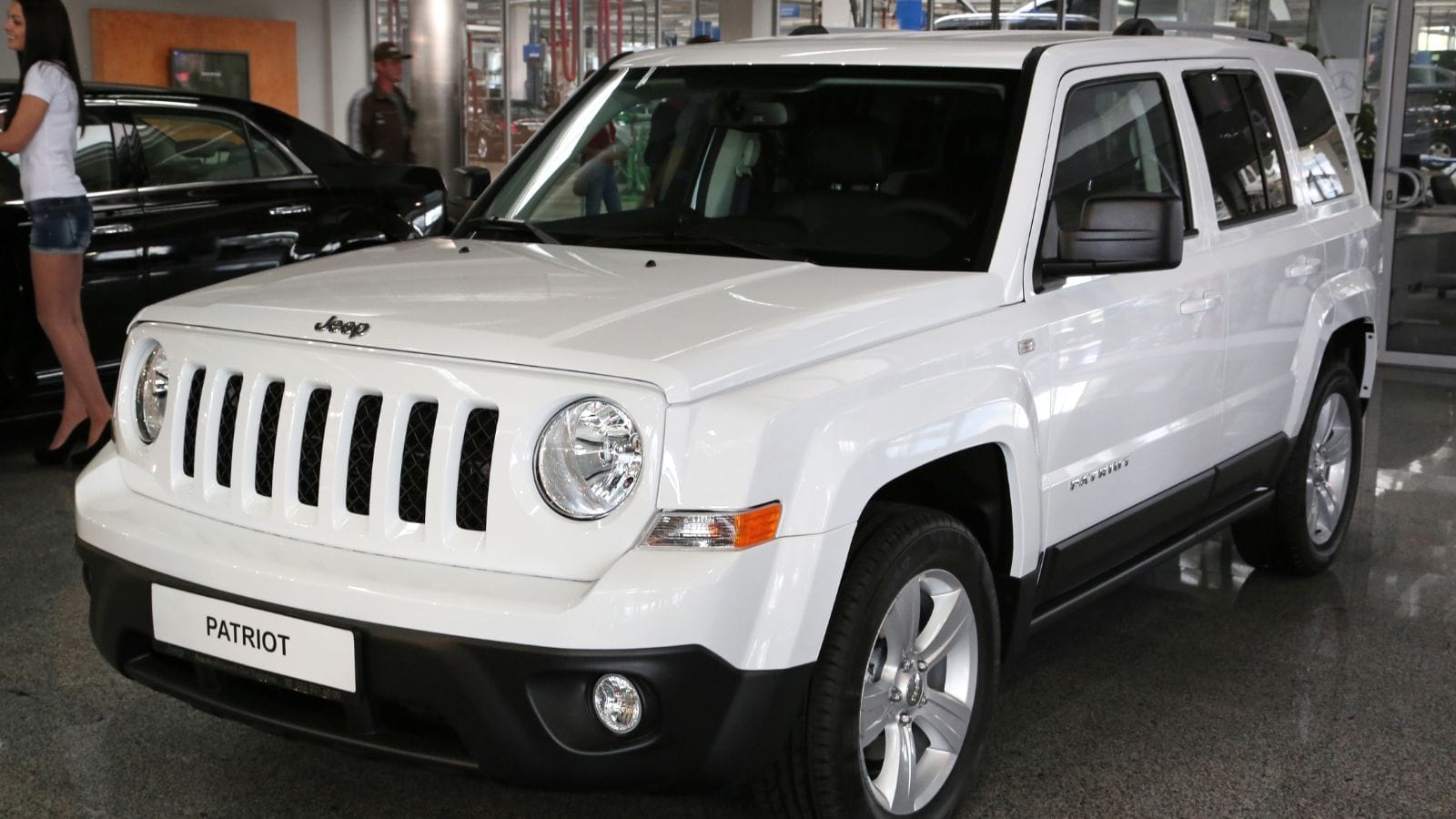
The Jeep Patriot promised off-road ability at a low price, but owners are paying a steep price for long-term reliability. CVT transmission failures, water leaks, and rust-prone undercarriages make this a tough vehicle to maintain as it ages. Canadians are also facing parts shortages and declining trade-in values, meaning even minor repairs can feel like sunk costs. While it handles snow decently, the Patriot’s dated design and lack of modern safety tech haven’t helped resale prospects, and many drivers are discovering they’ve spent more fixing the vehicle than it’s currently worth, especially in rural areas where road salt takes a heavier toll.
Audi Q7 (2012–2017)
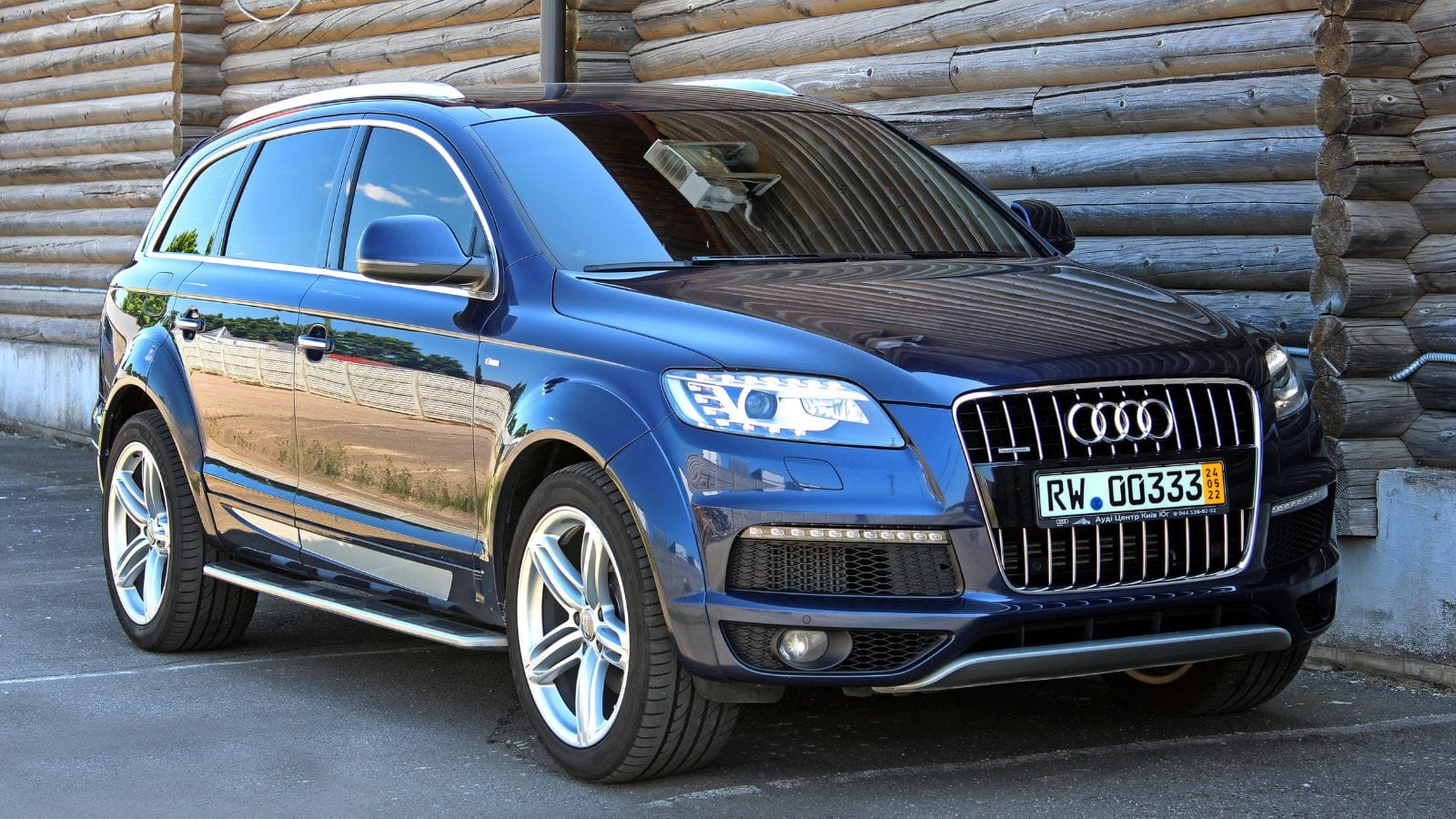
The Audi Q7 may appear luxurious on the surface. Still, once the warranty ends, ownership costs balloon due to issues such as timing chain tensioner failures, air suspension leaks, and excessive oil consumption, which plague Canadian owners, especially in colder provinces. Each repair often costs thousands, and the complexity of the systems means even minor fixes require dealership-level expertise. Despite its comfort and badge appeal, the Q7 becomes a financial burden after a few winters, as some owners have seen annual maintenance and repair costs exceed $5,000.
Nissan Altima (2013–2018)
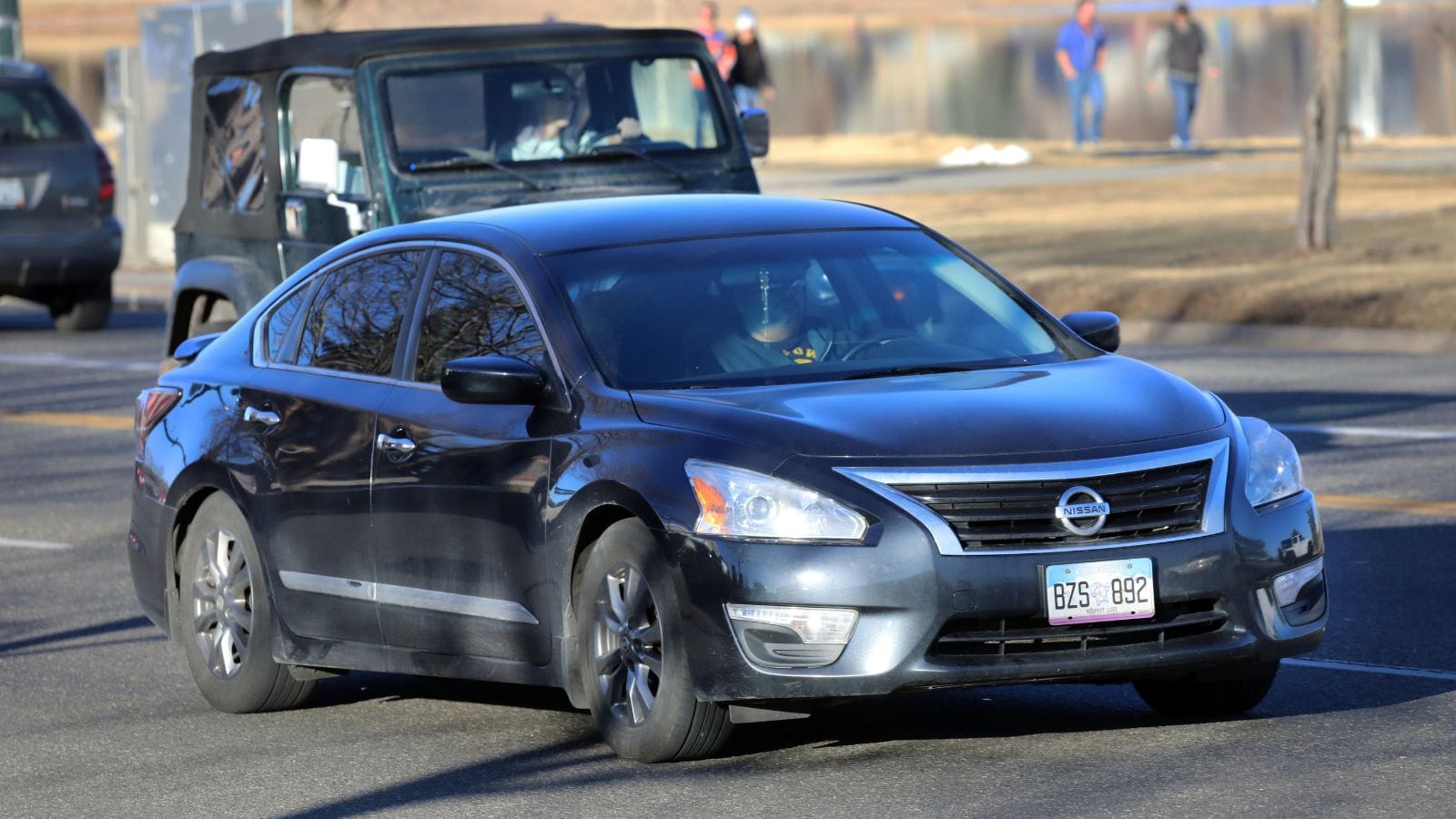
Once a top choice for Canadian sedans, the Altima’s long-term cost profile is raising red flags as owners frequently report CVT transmission failures, one of the most expensive components to replace. Add in frequent brake and suspension wear, and the cost of keeping this vehicle roadworthy escalates quickly. Its poor resale value in Canada doesn’t help, especially in provinces with higher insurance premiums. While fuel economy is decent, any savings at the pump are often offset by repair bills. If your Altima has surpassed 120,000 km, you can expect maintenance costs to rise rapidly.
Volkswagen Tiguan (2012–2017)
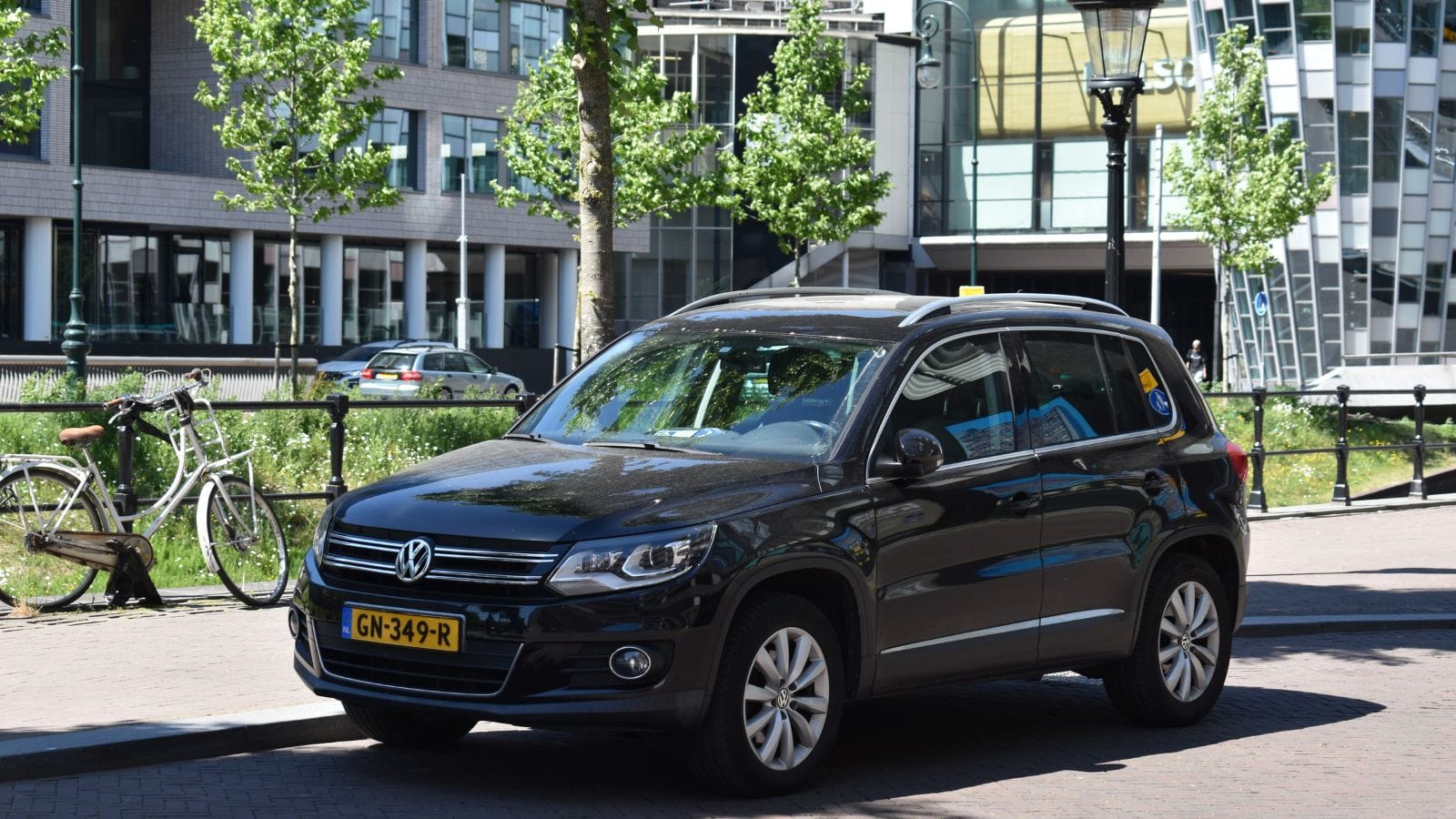
The Tiguan attracted buyers with its compact size and upscale interior; however, many Canadians now regret their decision to purchase the car. Turbo engine issues, carbon buildup, and timing chain tensioner failures plague earlier models. Once the powertrain warranty expires, repair bills can be steep, especially for owners outside major urban centers, where VW specialists are scarce. The cold weather doesn’t help, with more battery and ignition issues cropping up in the winter months. As parts age and resale values drop, many drivers are realizing that they’ve spent far more than expected.
Chrysler 200 (2011–2016)
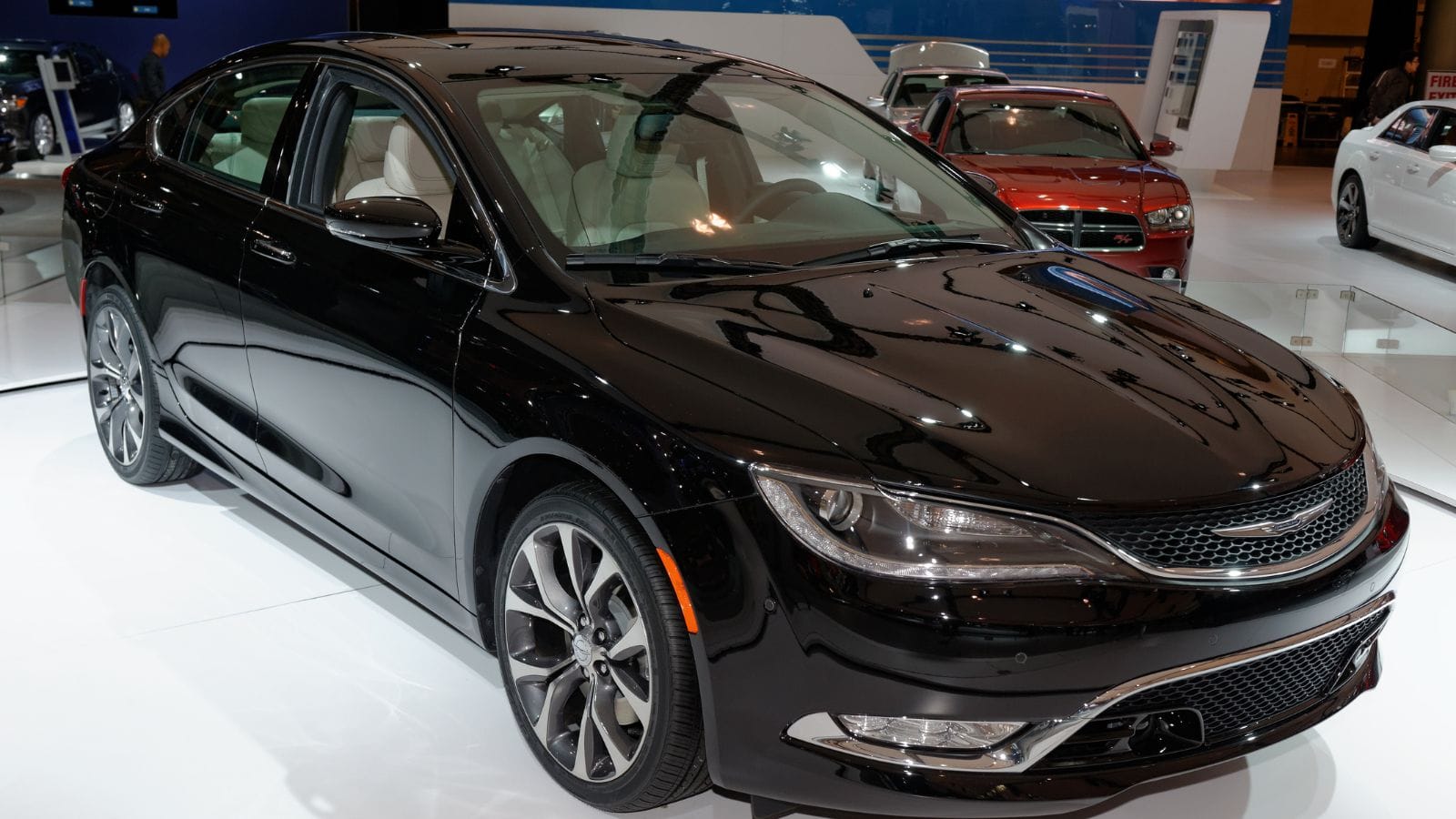
The Chrysler 200 was marketed as a value-luxury sedan, but Canadian owners quickly realized they were paying in other ways. Transmission problems, particularly with the 9-speed automatic, often result in jerky shifting or outright failure, while electronic glitches and powertrain inconsistencies are also prevalent. As repair costs rise and resale interest wanes, many owners are faced with the dilemma of constant repairs or taking a hit on trade-in. Winter performance is another sore spot, especially with the base FWD versions, and in hindsight, the 200 hasn’t aged well, and it’s quietly become one of the most regret-prone sedans on Canadian roads.
GMC Acadia (2007–2016)
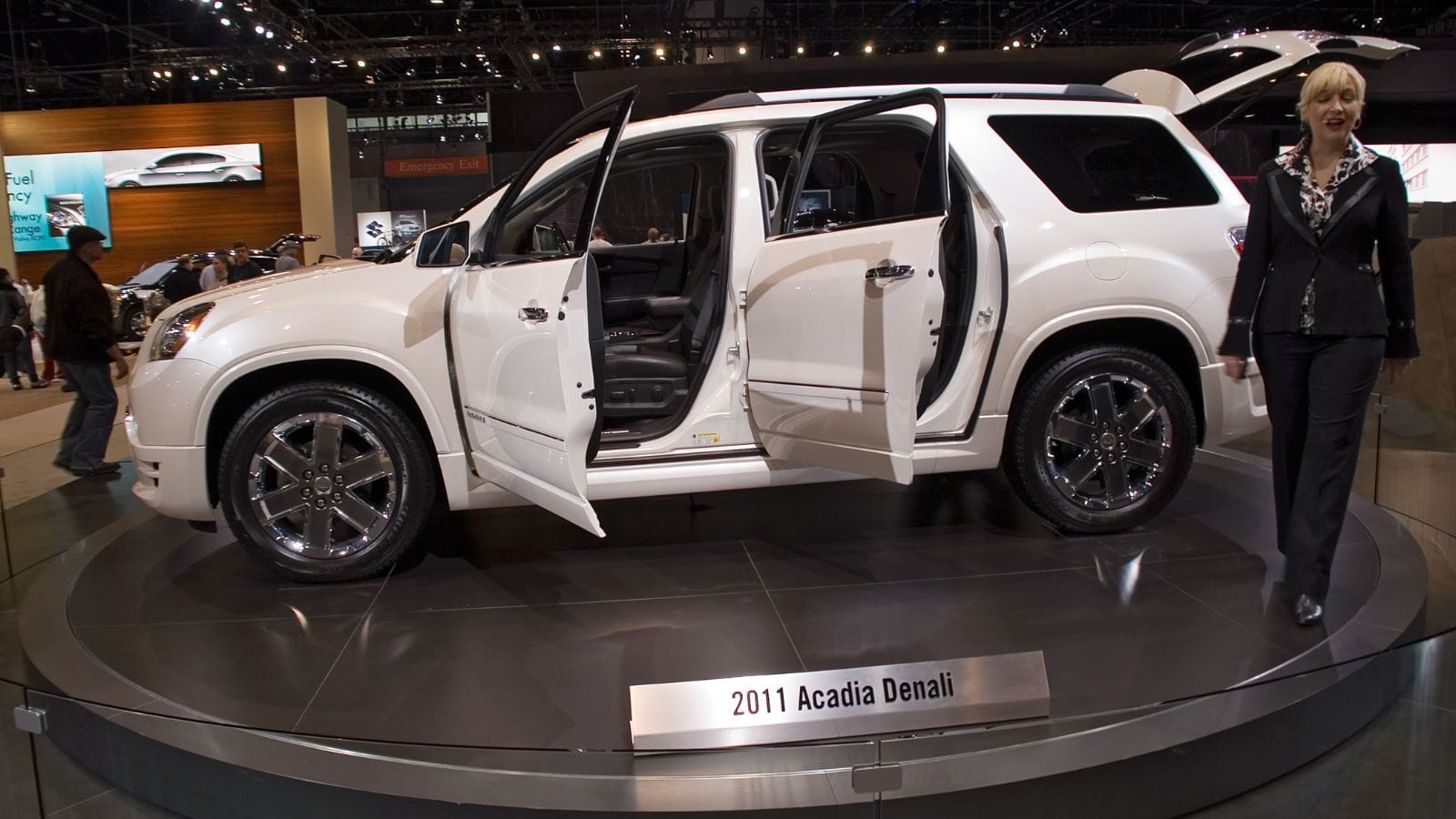
It is spacious and powerful, but the early Acadia models have earned a reputation for being prone to costly repairs that often catch owners off guard. Common issues include transmission failures, timing chain problems, and water pump breakdowns. The cost to repair these can easily run $3,000-$5,000, making older Acadias a risky investment, as Canadian winters also take a toll on the electronics and undercarriage. Add in poor fuel efficiency, and many families now view this former three-row favorite as more of a burden than a blessing. At the same time, trade-in values have also plummeted, especially for models with higher mileage and maintenance records.
Subaru Legacy (2010–2014)
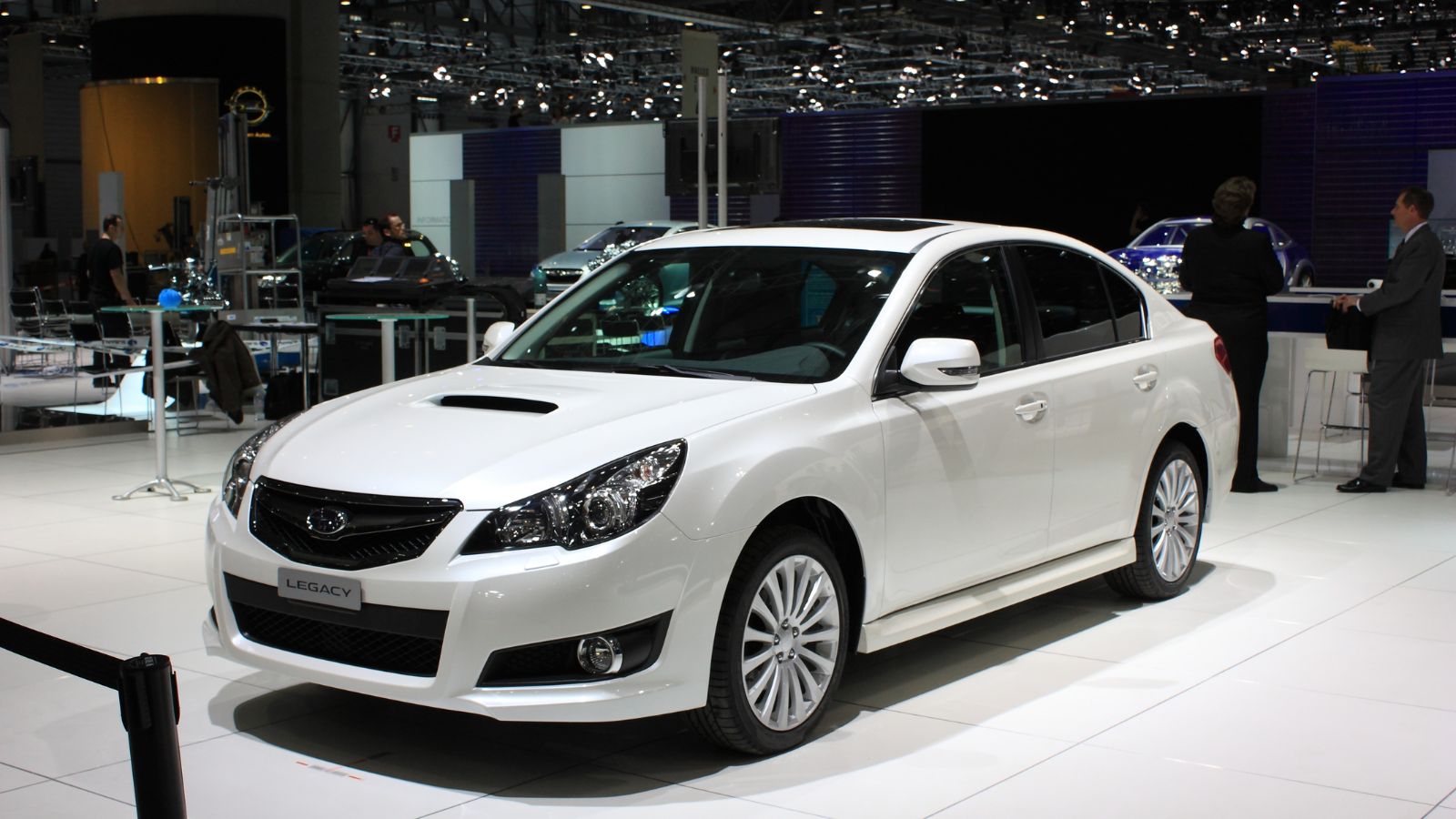
The Subaru Legacy was once the AWD sedan of choice for Canadians, but older models are revealing hidden costs. Head gasket failures, excessive oil consumption, and CVT issues are well-documented in this generation. Furthermore, cold weather exacerbates these problems, resulting in increased battery drain and transmission wear. Subaru’s reputation remains strong, but parts and labor for aging models can still come as a shock to the average owner. Once odometers reach the 150,000 km mark, the frequency and cost of repairs appear to escalate.
Mercedes-Benz GLK-Class (2010–2015)
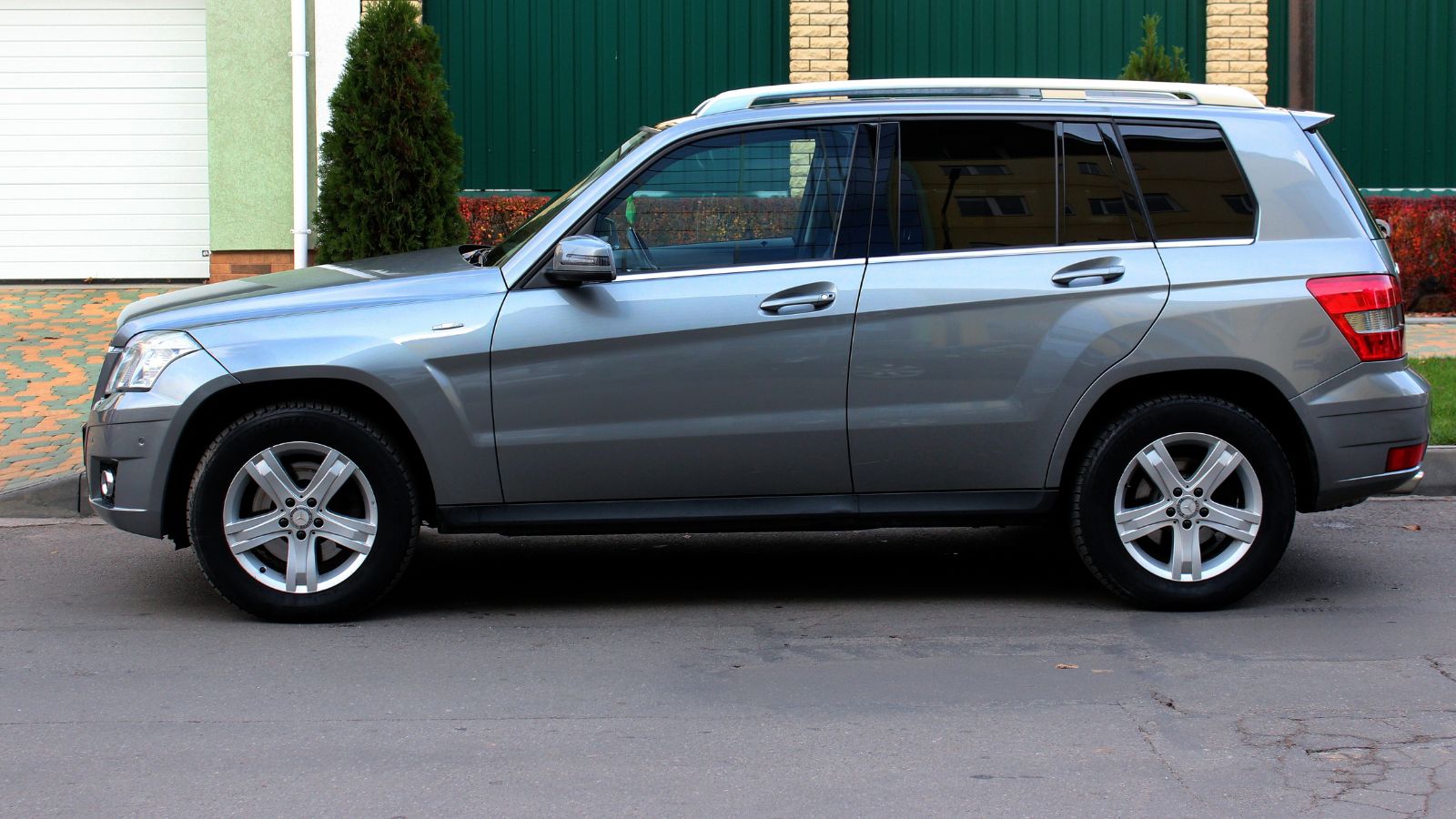
The GLK offered Canadians luxury SUV styling in a compact package, but keeping one on the road today requires deep pockets. Common culprits include failing air suspension, transmission control modules, and oil cooler leaks, with each fix being expensive, and few GLKs are still under warranty. Cold-weather wear and pricey synthetic oil requirements only add to the burden. Owners who expected low-maintenance luxury are now confronting steep annual repair costs, sometimes exceeding $4,000. It’s no surprise that many GLKs are appearing more frequently on used car lots and classifieds as their repair demands overwhelm even loyal Mercedes fans.
Jeep Cherokee (2014–2022)
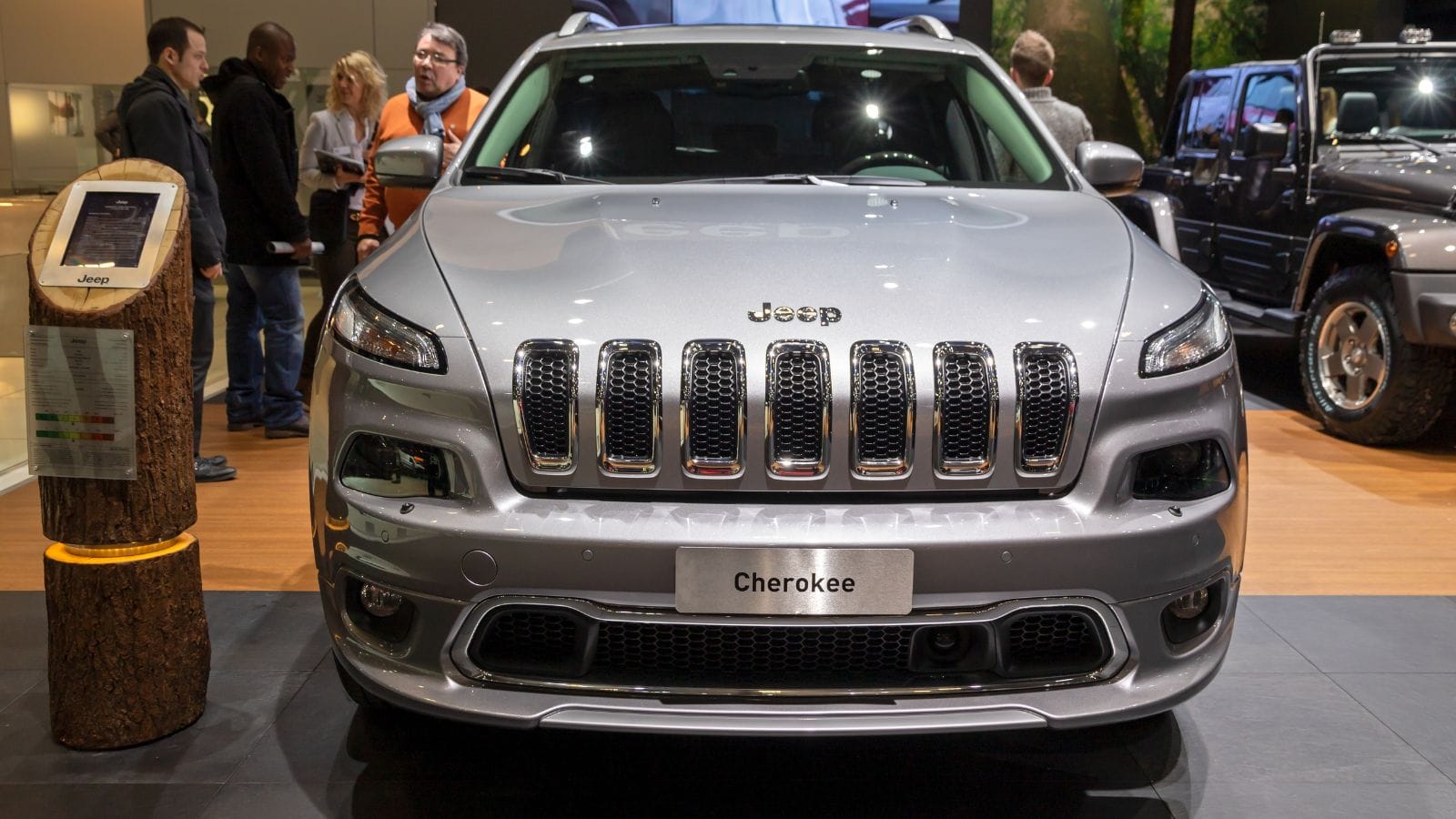
The Jeep Cherokee, especially models with the 9-speed automatic transmission, has become a financial black hole for many Canadian owners. Transmission issues, ranging from hard shifts to full replacements, often emerge just after warranty expiration. Add in frequent electrical gremlins and all-wheel-drive system faults, and repair bills can soar well into the thousands, while parts scarcity in smaller provinces compounds the problem. The Cherokee was once marketed as a rugged Canadian winter warrior, but many drivers are quietly trading theirs in early to avoid further losses.
BMW X3 (2018–2022)

The BMW X3 blends luxury and performance, but many Canadian drivers are learning the hard way that upkeep isn’t cheap. Even base trims can rack up bills quickly due to brake replacements, iDrive malfunctions, and wear on run-flat tires in rough winters, resulting in frequent service visits. Out-of-warranty repairs, particularly for AWD components, can cost over $4,000. Additionally, some X3 Models also develop oil leaks or timing chain issues that can escalate quickly. For drivers outside major cities, part delays and high service costs make ownership even more challenging. Despite its appeal, the X3 is quietly becoming a financial drain north of the border.
Mini Cooper Countryman (2011–2016)
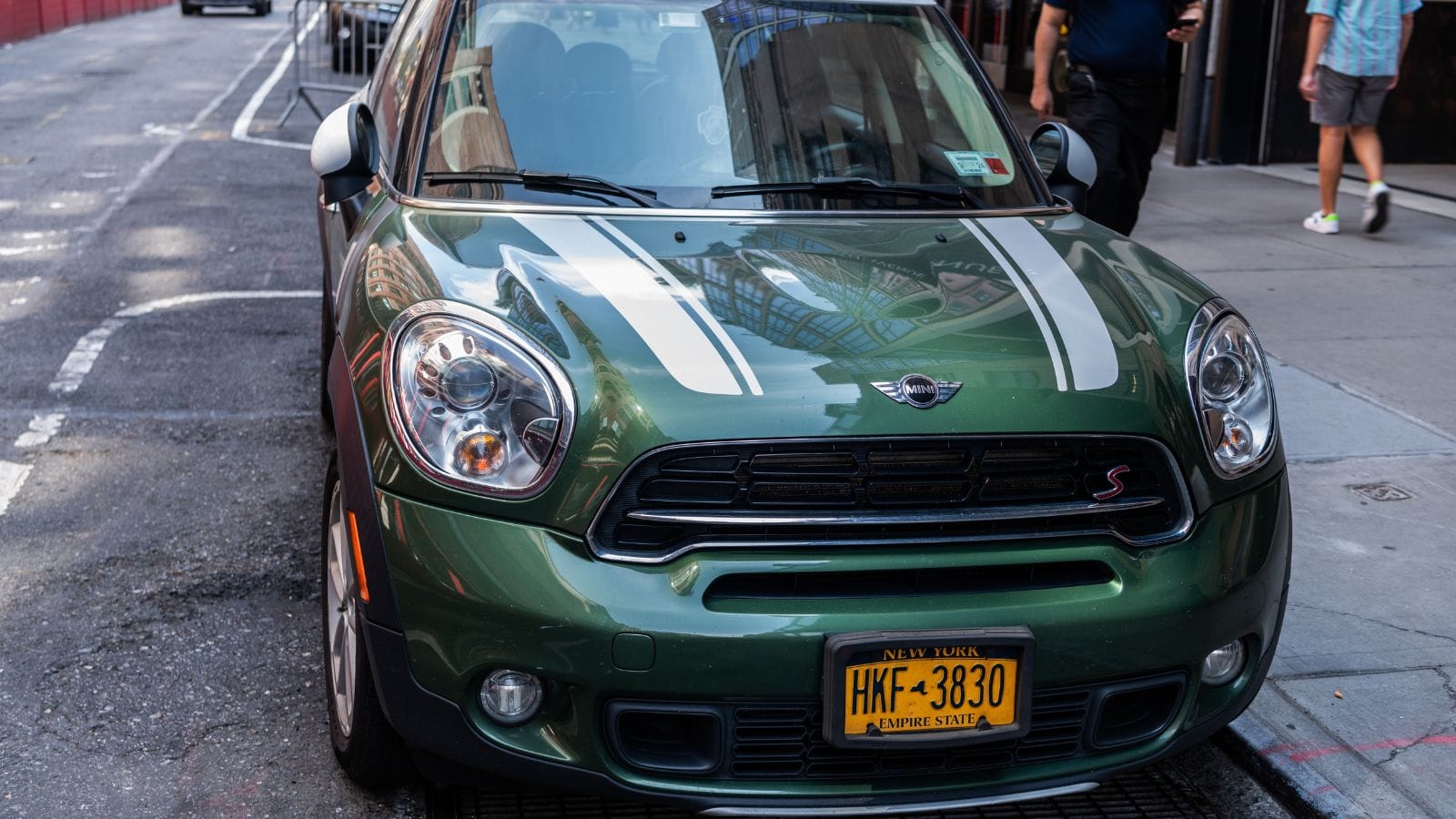
Many Canadian Mini Countryman owners are dealing with costly surprises, as common issues include failing timing chains, turbochargers, and oil leaks. When these problems arise, repairs are rarely inexpensive, and with expensive run-flat tires, complex electrical systems, and poor winter reliability, ownership can become exhausting. The quirky appeal wears thin once the warranty ends, and even routine maintenance is pricey due to the BMW-derived components. Canadians in colder provinces are especially hard hit by the Mini’s tendency to struggle in winter conditions.
Ford Explorer (2011–2019)

While the Explorer remains a bestseller, Canadian owners of earlier models are facing a different reality: soaring maintenance costs. Chronic problems include exhaust leaks into the cabin, power steering failure, and transmission glitches, all of which are costly to fix. The 3.5L EcoBoost models, in particular, are known for water pump failures that can destroy the engine if left unchecked. These trucks don’t age gracefully in Canada’s salt-heavy winters, and corrosion adds to long-term costs. For those out of warranty, each visit to the mechanic feels like a gamble and often results in a significant financial hit.
Fiat 500 (2012–2017)

The Fiat 500 gained traction in urban Canada thanks to its small size and stylish looks, but it hasn’t aged well. Suspension issues, weak electronics, and poor cold-weather performance result in frequent visits to the shop. Worse, Fiat’s diminished dealer presence in Canada has made parts and repairs a hassle, sometimes requiring long waits or costly imports. Many owners report quality issues even under 100,000 km, and resale value is nearly nonexistent.
Land Rover Discovery Sport (2015–2019)

The Discovery Sport is a masterclass in British style, but under the hood, Canadian owners are learning it’s a different story. From coolant leaks to failing differentials and electrical issues, the Discovery Sport requires near-constant attention once the warranty expires. The cold amplifies issues with sensors and battery life, while parts are costly and often delayed, and even oil changes are pricey. Repair bills quickly creep into the thousands, and depreciation is steep, and many Canadians are trading theirs in early to avoid the cascade of costs.
Chevrolet Cruze (2011–2016)

The Cruze was a popular choice for Canadians seeking a fuel-efficient compact, but concerns about its reliability have escalated. Common complaints include blown head gaskets, electrical failures, and faulty water pumps, none of which are cheap to address. Winter salt wreaks havoc on the undercarriage, and engine sensors tend to fail frequently. Once the mileage climbs past 120,000 km, it’s not uncommon for owners to face $2,000-$4,000 in repairs over a single year. As a result, many are quietly trading in their Cruzes rather than throwing good money after bad, as it is proving not to be the economical choice it once promised to be.
Cadillac SRX (2010–2016)
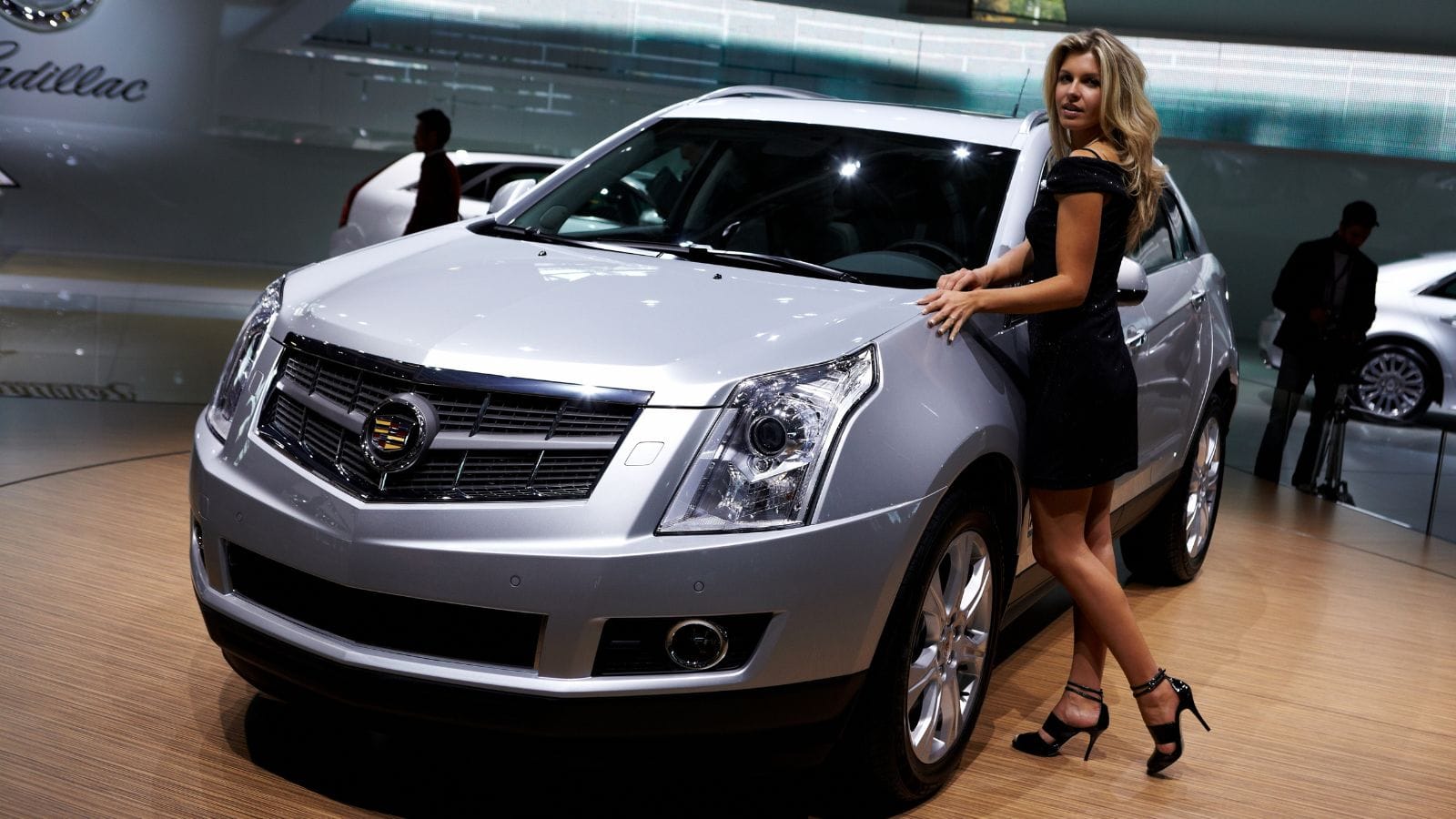
The SRX delivered luxury appeal at a somewhat accessible price, but Canadian owners now find themselves footing high repair bills for aging tech and drivetrain issues. Timing chain problems, suspension failures, and glitchy infotainment systems are among the top complaints. Parts are expensive, and electronic gremlins thrive in colder regions. As the resale value drops, so does the appeal of keeping one long-term. Once warranties end, maintenance can easily cost $2,500-$3,000 per year, and for many Canadians, the SRX experience has soured as they realize the cost of luxury can linger long after the showroom shine fades.
25 Facts About Car Loans That Most Drivers Don’t Realize

Car loans are one of the most common ways people fund car purchases. Like any other kind of loan, car loans can have certain features that can be regarded as an advantage or a disadvantage to the borrower. Understanding all essential facts about car loans and how they work to ensure that you get the best deal for your financial situation is essential. Here are 25 shocking facts about car loans that most drivers don’t realize:
25 Facts About Car Loans That Most Drivers Don’t Realize
